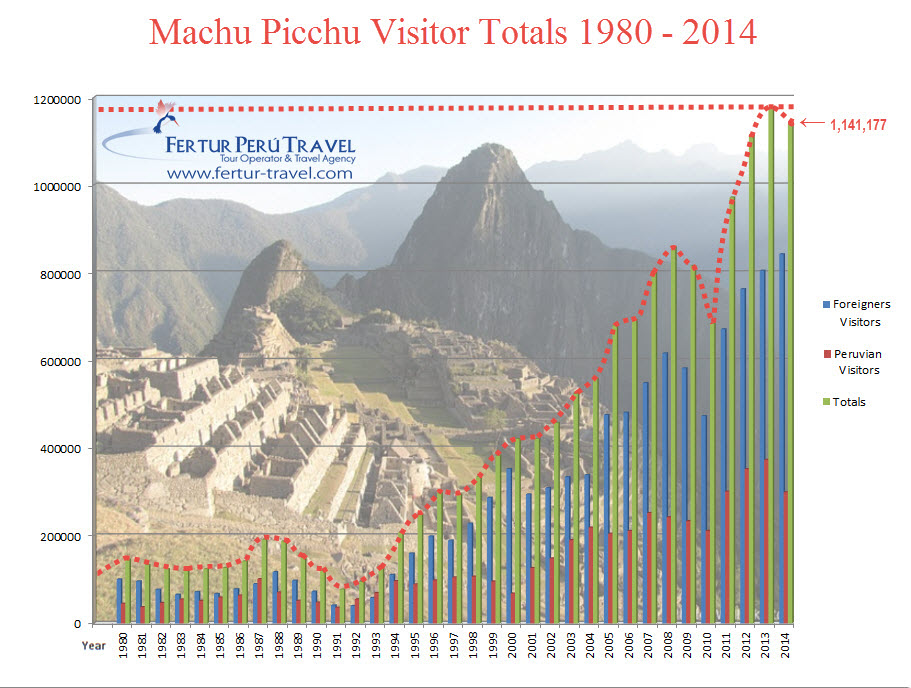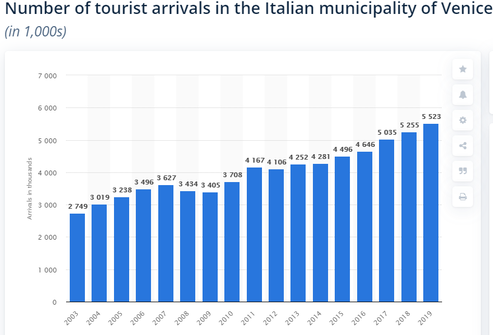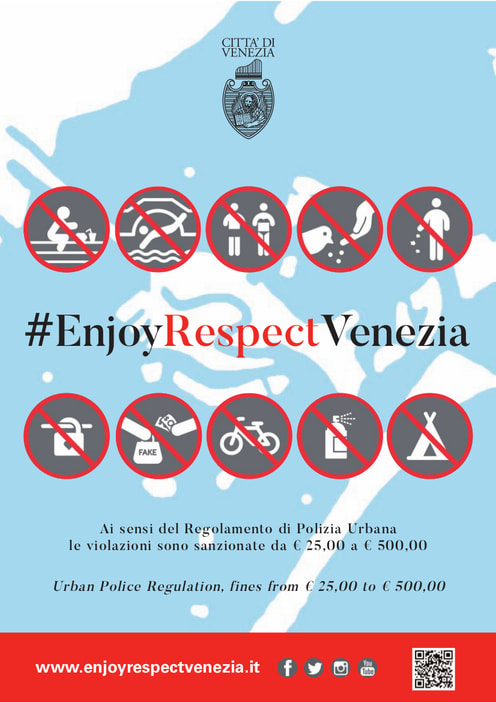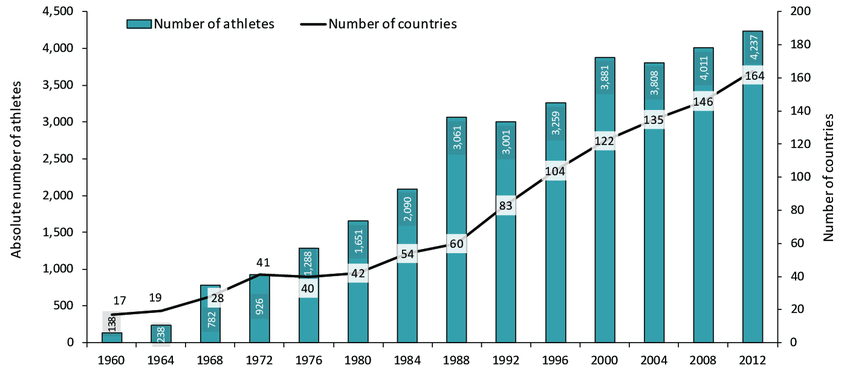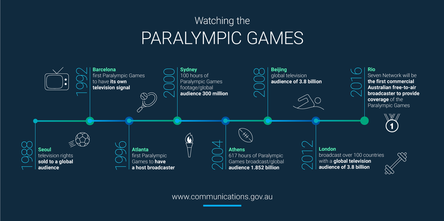What you will need to know...
Future possibilities for management of, and participation in, tourism and sport at varying scales
The consequences of unsustainable touristic growth in rural and urban tourism hotspots, including the concept of carrying capacity and possible management options to increase site resilience
The concept of sustainable tourism, including the growth of ecotourism
Factors influencing future international tourism, including greater use of social media, international security and diaspora growth
The growing importance of political and cultural influences on international sport participation, including international agreements, inclusion via changing gender roles and the growing importance of the Paralympics
The concept of sustainable tourism, including the growth of ecotourism
- One case study of sustainable tourism in one low-income country
Factors influencing future international tourism, including greater use of social media, international security and diaspora growth
The growing importance of political and cultural influences on international sport participation, including international agreements, inclusion via changing gender roles and the growing importance of the Paralympics
The Consequences Of Unsustainable Touristic Growth In Rural Hotspots...
"Tourism Carrying Capacity" is defined by the World Tourism Organization as:
“The maximum number of people that may visit a tourist destination at the same time, without causing destruction of the physical, economic, socio-cultural environment and an unacceptable decrease in the quality of visitors' satisfaction”.
“The maximum number of people that may visit a tourist destination at the same time, without causing destruction of the physical, economic, socio-cultural environment and an unacceptable decrease in the quality of visitors' satisfaction”.
|
To complete this unit of work, we are going to return to our previous work on Machu Picchu. We aim to find out about the impacts of excessive tourism on the carrying capacity of the hotspot and the management strategies that have been put into place to manage the site and increase resilience.
The site was given a 2007 designation as a “New Wonder of the World” by UNESCO and since then visitor numbers have continued to climb (see chart to right). Step 1 - Virtual tour of Machu Picchu. Please click on the link below to start your tour. Carrying Capacity - Machu Picchu - The UNESCO-sponsored Management Plan for Machu Picchu called for no more than 917 visitors per day – and no more than 385 visitors at any one time – while the INC has recommended a maximum carrying capacity of 2,000 visitors. Peru’s central government advocated in 2002 for 3,400, and the parties settled in 2008 on a daily limit of 2,500 visitors. (Source) However, since 2011, the average daily number of visitors to Machu Picchu has far exceeded the daily limit of 2,500 agreed to by Peru and UNESCO. Starting in 2012, annual attendance has topped a million tourists. Last year, Machu Picchu received 1,079,426 visitors, not including the 200-plus trekkers who entered the sanctuary each day from the Inca Trail, according to figures released by the Ministry of Culture (Source) |
Step 2 - What are the issues caused by tourism and what is being done to manage them. Please complete the activities set out on the worksheet below Additional Reading Resources |
The Consequences Of Unsustainable Touristic Growth In Urban Hotspots...
|
To complete this unit of work, we are going to return to our previous work on Venice. We aim to find out about the impacts of excessive tourism on the carrying capacity of the hotspot and the management strategies that have been put into place to manage the site and increase resilience.
Carrying Capacity - It is this focus on the liveability of a city that Venetian data scientist Fabio Carrera believes is the key to Venice’s future. Because if a city cannot retain its own populace, no amount of tourist tax will be able to avert its inevitable decline and death. He also tracks tourism flows, and has concluded that Venice’s maximum carrying capacity is 55,000 tourists per day, or 20 million per year if European safety standards are to be maintained. It’s not far from the current number of 25 million, he points out – it just needs to be managed better. (Source) Step 1 - Watch the short report from the BBC on the issues caused by tourism in Venice. Note the impact on both local people and on the tourists. Step 2 - Using the information on this page and this weblink, complete the activities on the worksheet below. |
The Concept of Sustainable Tourism...
The United Nations World Tourism Organisation, the definition of sustainable tourism is “Tourism that takes full account of its current and future economic, social and environmental impacts, addressing the needs of visitors, the industry, the environment and host communities”.
According to the The United Nations World Tourism Organisation, sustainable tourism should:
1. Make optimal use of environmental resources that constitute a key element in tourism development, maintaining essential ecological processes and helping to conserve natural heritage and biodiversity.
2. Respect the socio-cultural authenticity of host communities, conserve their built and living cultural heritage and traditional values, and contribute to inter-cultural understanding and tolerance.
3. Ensure viable, long-term economic operations, providing socio-economic benefits to all stakeholders that are fairly distributed, including stable employment and income-earning opportunities and social services to host communities, and contributing to poverty alleviation.
Task 1 - Choose one of the three projects below situated in a low income country. Spend a little time studying each before making a decision. There is a video to watch and some more information to consider before you complete the worksheet below.
|
Footsteps Eco Lodge - The Gambia
|
Rancho Margot, Costa Rica
|
Reality Tours - India
|
The Growth of Ecotourism...
Martha Honey in her book "Ecotourism and Sustainable Development: who owns Paradise?" gives 7 key principles of ecotourism:
1. Involves travel to natural destinations
2. Minimises Impact
3. Builds environmental awareness
4. Provides direct financial benefits for conservation
5. Provides financial benefits and empowerment for local people
6. Respects local culture
7. Supports human rights and democratic movements (Source)
So, what is the difference between sustainable tourism and ecotourism?
Sustainable tourism
According to the UN World Tourism Organization (UNWTO), sustainable tourism is tourism development with a balance between environmental, economic and socio-cultural aspects:
“Sustainability principles refer to the environmental, economic and socio-cultural aspects of tourism development. A suitable balance must be established between these three dimensions to guarantee its long term sustainability”
Ecotourism
For the International Ecotourism Society (TIES), ecotourism is defined as:
"Responsible travel to natural areas that conserves the environment, sustains the well-being of the local people, and involves interpretation and education"
Ecotourism should provide direct financial benefits for conservation and local people and is focused on the conservation of natural resources. (Source)
There are few up-to-date figures or statistics that show a year on year growth of ecotourism since the 1980's but it can be determined that increasingly well-educated and informed travelers (especially Millennial's) are opting for low impact experiences that could be classed as ecotourism.
1. Involves travel to natural destinations
2. Minimises Impact
3. Builds environmental awareness
4. Provides direct financial benefits for conservation
5. Provides financial benefits and empowerment for local people
6. Respects local culture
7. Supports human rights and democratic movements (Source)
So, what is the difference between sustainable tourism and ecotourism?
Sustainable tourism
According to the UN World Tourism Organization (UNWTO), sustainable tourism is tourism development with a balance between environmental, economic and socio-cultural aspects:
“Sustainability principles refer to the environmental, economic and socio-cultural aspects of tourism development. A suitable balance must be established between these three dimensions to guarantee its long term sustainability”
Ecotourism
For the International Ecotourism Society (TIES), ecotourism is defined as:
"Responsible travel to natural areas that conserves the environment, sustains the well-being of the local people, and involves interpretation and education"
Ecotourism should provide direct financial benefits for conservation and local people and is focused on the conservation of natural resources. (Source)
There are few up-to-date figures or statistics that show a year on year growth of ecotourism since the 1980's but it can be determined that increasingly well-educated and informed travelers (especially Millennial's) are opting for low impact experiences that could be classed as ecotourism.
|
|
|
Task 1 - Watch both of the videos above and complete the activities on one of the worksheets below.
Factors influencing future international tourism, including social media, international security & diaspora growth...
Working in groups of three, each student should focus on one of the examples below. They are as follows:
Social Media & Tourism - The impacts of so-called 'Instagram Influencers' on the tourism industry.
International Security - The impact of COVID-19 on the travel and tourism industry.
Diaspora Growth - Irish emigrants return to the country to find out about their family history and led by the Irish Government back in 2011 when the Irish economy was really struggling.
Social Media & Tourism - The impacts of so-called 'Instagram Influencers' on the tourism industry.
International Security - The impact of COVID-19 on the travel and tourism industry.
Diaspora Growth - Irish emigrants return to the country to find out about their family history and led by the Irish Government back in 2011 when the Irish economy was really struggling.
Task 1 - Produce a 5 minute presentation to give to your team together with a factsheet containing the need to know information (4P's approach is good).
Your presentation should include the following:
a. How the factor has influenced international tourism growth / decline.
b. One case study of a place where international tourism has grown / declined as a result of this factor
c. One good quality map to show flows between places
d. One graph / chart
e. Future trends
Task 2 - Now share your presentations and fact sheets with others in your group and prepare to answer the following questions:
1. Explain three ways that social media can influence international tourism.
2. Explain how COVID-19 has lead to increased international security and how this may impact on future global tourism trends.
3. Suggest two reasons why expatriate residents could impact on international tourism numbers.
The growing importance of political and cultural influences on international sport participation...
Part 1 - The Politics & International Agreements.
Research by Kings College London into major sporting events has found that their popularity provides a powerful means of showcasing a nation’s achievements and values and its ability to manage major projects. The London 2012 Olympics and Paralympics – which was watched by more than 50% of the world’s population –– generated a substantial boost in international interest in the UK through the impressive medal haul and Danny Boyle’s dazzling opening ceremony.
Results from research in eleven strategically important countries for UK foreign policy and trade showed that on average 36% of people stated that the Games had made the UK more attractive as a place to study or do business, and 35% were more likely to visit the UK. The events also facilitated broader cultural programmes, such as the Cultural Olympiad and the ‘UK Now’ programme in China (the biggest ever celebration of UK arts and culture in that country).
International sport participation and success can be seen as many countries as a tool for diplomacy and for showcasing a country's facilities and successes. Indeed, many describe the promotion and running of sports events as a 'soft power' tool.
Starter - Watch the video below explaining more widely how international sports events and soft power are intertwined.
Research by Kings College London into major sporting events has found that their popularity provides a powerful means of showcasing a nation’s achievements and values and its ability to manage major projects. The London 2012 Olympics and Paralympics – which was watched by more than 50% of the world’s population –– generated a substantial boost in international interest in the UK through the impressive medal haul and Danny Boyle’s dazzling opening ceremony.
Results from research in eleven strategically important countries for UK foreign policy and trade showed that on average 36% of people stated that the Games had made the UK more attractive as a place to study or do business, and 35% were more likely to visit the UK. The events also facilitated broader cultural programmes, such as the Cultural Olympiad and the ‘UK Now’ programme in China (the biggest ever celebration of UK arts and culture in that country).
International sport participation and success can be seen as many countries as a tool for diplomacy and for showcasing a country's facilities and successes. Indeed, many describe the promotion and running of sports events as a 'soft power' tool.
Starter - Watch the video below explaining more widely how international sports events and soft power are intertwined.
However, we have recently moved to a situation where certain countries have been accused of so-called 'sportswashing'. Watch the short video below to find out more about it, linking to the last World Cup in Qatar.
The two examples below are political case studies of how government aim to influence international sports participation and success using contrasting means. You will focus on the negative approach of state sponsored doping in Russia and investment in women's sport in Australia.
|
Negative Political Influence & International Sports Participation
|
Positive Political Influence & International Sports Participation
|
Task 1 - Take notes on the contrasting techniques used to improve sporting participation and success utilised by both Russia & Australia using the resources above.
Task 2 - Using this link, take detailed notes on the International Convention Against Doping in Sport.
|
Part 2 - The Cultural Shift Its top stars can earn millions of dollars a year, without breaking into a sweat. They train for hours a day and have legions of fans, who fill stadiums to watch them. But these aren't normal sports stars. They're part of one of the fastest growing industries - known as Esports. The distinction between real physical sport and this online, virtual version is narrowing, as major companies and some of the world's most famous football clubs are signing up the top Esports players to play in major competitions. A number of video games, including Fifa, Dota2, Call of Duty and League of Legends, have their own international leagues and world championships. The global audience is now estimated at more than 200 million, and growing. Annual revenues from Esports, currently around $650 million for events, continue to rise. Billions more are generated through video games sales. In the UK the video games sector, from which Esports have sprung, is now worth more than video (films) and music combined. There's even talk of Esports becoming an Olympic sport. So will dexterous Esporters become the new athletic champions, or is this a business that will play itself out? Who is making the money and how? And why are top football clubs clamouring for some of the virtual action? Task 1 - Using the resources on this page, complete the worksheet below. |
|
If the link on the worksheet to the BBC article does not let you watch the video, please use the video below to complete the note taking.
Optional Extension - Inspired to find out a little more? Have a listen to the 28 minute podcast below.
Inclusion in Sport via Changing Gender Roles...
You will be carrying out two mini case studies looking at examples from around the world that highlight the changing gender roles in sport. Please use one of the worksheets below and the framework provided to take notes on each example together with an evaluation of its successes and struggles.
Case Study 1 - Trans Athletes Unfair Advantage? Case Study 2 - Women's Football in Australia
The growing importance of the Paralympics...
Use the resources in this section to write a 300-400 word summary on the growing importance of the Paralympics.
You should aim to cover the following themes:
1. History
2. Inclusiveness & Equal Rights
3. Range of sports
4. Successful athletes
5. Spectator & Participant numbers
6. Impact of technology
|
|
|

